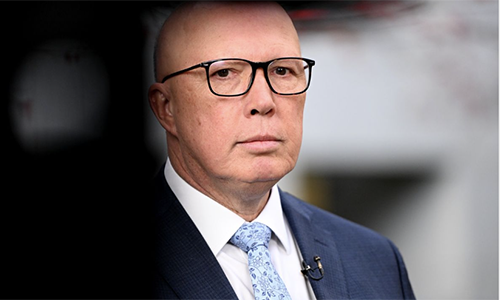
by NAZIYA ALVI RAHMAN – ANTHONY Albanese claimed this week that Peter Dutton was catering to the “fringe Right” – as more Leftist Liberal MPs flee parliament.
In a speech aimed at Liberal leadership, the Prime Minister said those with a vision for a “better Australia” were no longer welcome in the Party fold.
- Moderates continue to exist within the Liberals but hold little sway over policy.
- Opposing the Voice and embracing nuclear are examples of Right faction influence.
- The dumping of Turnbull was also a major blow to the Liberal Left.
“Will the last moderate in the Liberal Party turn off the lights before they leave the building?”
Meanwhile Labor Treasurer Jim Chalmers said the Liberals were no longer “middle-of-the-road”.
He claimed the Party had become an “extreme Right party” no longer welcoming diversity of thought.
PLAYERS
His comments come as Liberal MPs including former Shadow Foreign Affairs Minister Senator Simon Birmingham and Opposition Leader of the House Paul Fletcher – key Left faction players – announced they would step away from politics.
Traditionally, the Liberal Party has been divided into two major factions – the Right and Moderates, with smaller factions coming and going.
The Moderates historically stood for free market liberalism and not social conservatism, preferring to eschew “culture war” debates, whereas the Right has tended to embrace both.
Since the accession of Peter Dutton to the leadership – and the defeat of the Morrison Government in 2022 – the Right has steadily gained more influence with the moderate faction waning.
The Party’s decision to oppose the Voice referendum and embrace nuclear are examples of Right faction influence.
In his farewell speech, Senator Birmingham lamented the rise of divisive politics on both the Left and Right, warning that the focus on culture wars and personality clashes was a threat to social cohesion.
He called for a return to the values of John Stuart Mill, emphasising less government interference in both personal and economic matters.
The exodus of moderates from the Liberal Party is not a new phenomenon.
The 2022 federal election marked a significant turning point, with the “teal” movement stripping the Liberal Party of several key figures, such as Leftist MPs Jason Falinski and Tim Wilson.
Prior to that, the dumping of then PM Malcolm Turnbull and resignations of former Foreign Affairs Minister Julie Bishop and former Defence Minister Christopher Pyne was also a major blow to the Left.
Among its current members, Deputy Liberal Leader Sussan Ley, though considered a moderate, has remained largely silent on factional divides.
Other moderate voices, such as Andrew Bragg, Dave Sharma and Bridget Archer, continue to exist within the Party but hold little sway over policy.
Archer, despite her outspoken nature and occasional defiance by crossing the floor, does not possess the factional power needed to revive the moderate cause.
Meanwhile, the centre-Left Labor Party faces its own internal challenges.
The retirement of Assistant Treasurer Stephen Jones of Labor’s Right faction, represented the seat of Whitlam since 2010, and departure of former Party leader Bill Shorten for a career in academia, leaves the Right faction weakened.
This will see Labor’s lunatic Left continue to dominate.PC


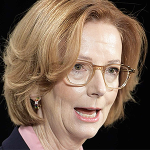
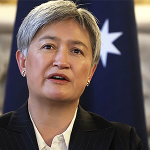
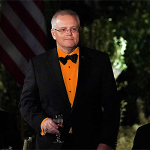
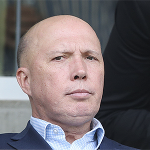

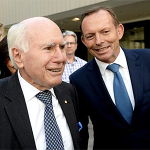


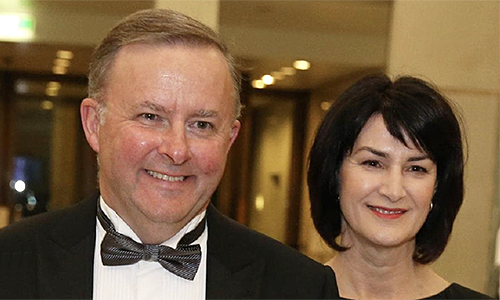
If Peter Dutton is going to be our next Prime Minister then it is of little use winning the next election by just stumbling over the finish line. The last thing we need is a minority government, god help us!
LINO’s Sharma and Falinski were shown the door by their electorates and the conga line of imposters hopefully will join the
‘far queue’ and get out of the way of the implementation of common sense policies.
Hopefully light bulbs are flashing in a few heads that the Liberal base is crying out for a real point of difference and surely we don’t need the same policies with just a change of brand.
Malcolm has gone, hooray! To that, but, we need strong leadership now, more than we ever have. The world is in turmoil but we have little chance of dragging ourselves out of the abyss if we don’t focus on energy production, manufacturing and education. Polls show that climate crisis and gender ideology issues are not high on the list of concerns to mainstream voters.
The tide is starting to turn all around the world, it would be great if Australia could show the world that our Aussie spirit is well and truly alive and thriving.
Many countries around the civilised world are clearly sick of the multi-culti, Treny-Wendy anti-intellectual garbage. It will not be counteracted by halfbaked compromises and Labor-lite attitudes. It is clear in Holland, Italy, America, Argentina, Austria, Germany and France (and the rise of Reform in the UK), that when a coherent rebuttal of these sloppy Left policies is enunciated to an electorate and properly argued…this will win elections. Google Opposition Leader Pierre Poilievre in Canada for how to craft an argument and launch it into the crowd. Dutton has done nothing at all in this manner and is destined to wallow in a middle-of-the-road, Keystone Cops alliance with crossbenchers in Upper and Lower Houses. Should that give him government, it will be a very fractious alliance and will provide no clear policies or direction for the next three years. The fact that, in the polls, the Libs are only barely 51% to Labor’s 49% is galling….given the ineffectiveness of the current Labor Government. Firmness of policy and robust strategies to fire off your message to the electorate wins votes. Libs are a spent force.
Which truly conservative leader gave the LP a 14 seat majority,then sacked by the moderates who he got into government & they have lost their way ever since,whether Dutton is conservative enough to get all us true conservatives back remains to be seen.
Yes John, Abbott is a genuine conservative. However the lrft leaders crept up on him. I have still to hear an explanation how this happened. He did, imo, try to be all things to all. It rarely, if ever, has a good outcome. Having Hockey as Treasurer was a mistake and I still question the strategic vigilance of his office.
I hope(?) Dutton has learned that ecumenical does not work. He has pre-election yime to set out policies that can return the Australian socio-economic trajectory instead of the flat-lining Labor outcome. ●CoL, ●immigration in excess of sustainable population capacity, ●public education ●foreign investment or ownership of housing ●negative gearing constraints ●energy cost and accessibility, short and long term ● retirement income rationalisation in public and private sectors are some key policy focus areas.
Imo Dutton has the testicular fortitude to be a very effective PM but will have the whining moderates sniping as did Abbott.He has a number of astute tail gunners to guard his back.
Note to the ‘Moderates’ – please keep looking for the Exit door.
Note to Peter Dutton – we do not want another Labor-lite Leader. That would cost you votes. We need you to keep fighting wokeness, climate hysteria and gender/DEI rubbish.
“Fringe-right”? Is that the new “Far-right”?
And how big is the ‘fringe’, Albo, when 60 percent of voters disagree with your most beloved policy?
Too many fall into the left right dialectic. The focus and in particular speaking points must be on policy. Liberal policy is ‘liberal conservative’, its clearly stated in each state Liberal constitution. Yes ‘conservative’ in a pejorative for some, for me its very common sense. ‘Progressive I do find generally shouty populism, anything but what it claims.